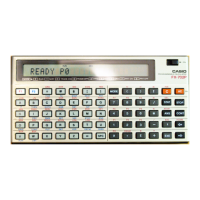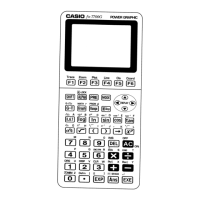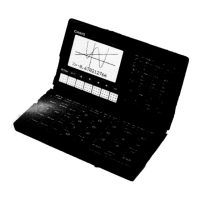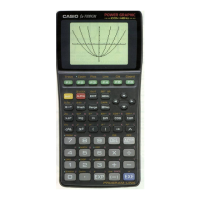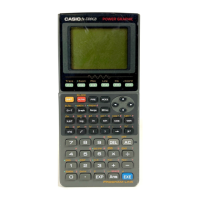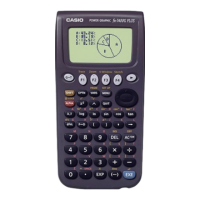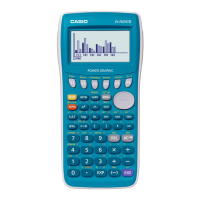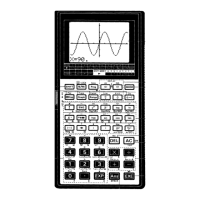
Do you have a question about the Casio fx-7000GA and is the answer not in the manual?
| Display | LCD |
|---|---|
| Programmable | Yes |
| Programming capability | Yes |
| Type | Scientific |
| Power Source | Battery |
Identifies display, power switch, SHIFT, MODE, and cursor keys.
Details numeric, function, graph, memory, and mathematical function keys.
Step-by-step guide for replacing the calculator's batteries.
Explains the order of operations in calculations.
Covers display formats, memory, Ans function, and registers.
Overview of the different operation and computation modes.
Details performing addition, subtraction, multiplication, and division.
How to use parentheses and memories in calculations.
Covers trig, inverse trig, hyperbolic, and log/exp functions.
Explains log, In, exponential, and hyperbolic functions.
How to calculate standard deviation and mean for data sets.
Covers linear, logarithmic, exponential, and power regression.
How to set and adjust X and Y axis ranges and scales for graphs.
How to draw, trace, plot, connect points, and zoom graphs.
Explains how to interpret error messages and their causes.
Provides guidance on resolving specific error types.
Explains commands for controlling program flow.
How to use subroutines and improve display clarity.
Lists and explains error messages and their countermeasures.
Details the valid input ranges for various functions.
